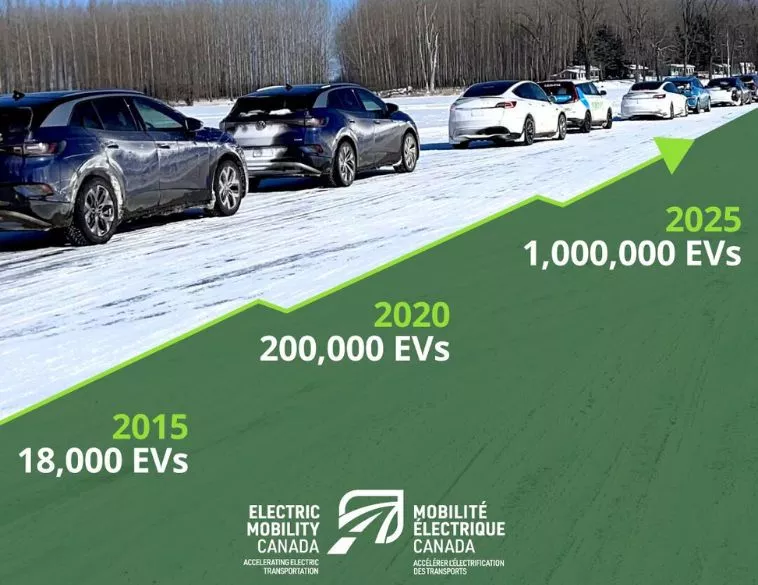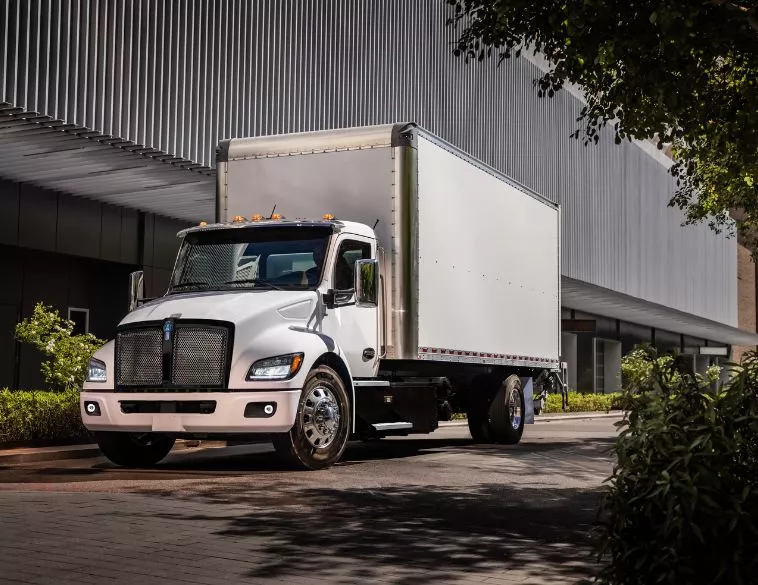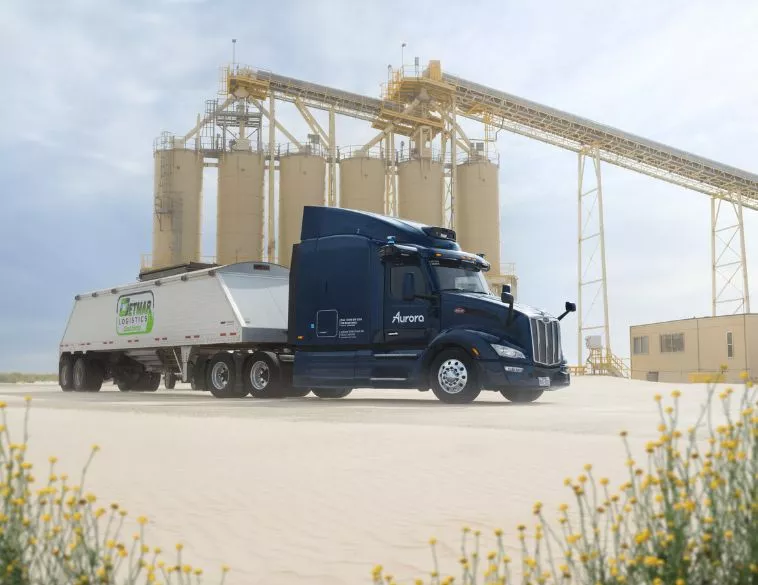EVs, AVs and the Importance of Networking

The next year will likely bring with it some significant changes, but also opportunities for fleet managers to expand their knowledge base and network.
Over the last few years, fleets and fleet managers have had a lot to contend with. From rapidly rising operational costs, inflation, staffing challenges, difficulty or delays in obtaining new assets and a changing regulatory landscape, it’s often proved to be a difficult environment in which to navigate.
More incentives, yet higher prices
As we round out 2024 and head into 2025, many of us are no doubt curious as to what the new year will bring. Based on the trends we’re currently witnessing; it is likely 2025 will see a return to more “normal” market conditions. We’re starting to see OEM incentives return and depreciation rates normalize, yet the higher prices we’ve seen for acquiring and disposing assets are likely to remain with us for some time. Nevertheless, we are also seeing replacement cycles improving which is encouraging for many fleets who for the last several years often found themselves trying to squeeze extra duty cycles out of aging assets amid heightened uncertainty as to when those vehicles could be replaced by new ones.
Furthermore, with a new incoming administration in Washington, it is likely that many of the EV incentives we’ve seen over the last few years will be reduced, eliminated or in the least significantly altered from what they are today. Will that mean we will see EV adoption levels decline among fleets? It is possible, considering that upfront costs are significantly higher than for many comparable ICE vehicles, along with the need for identifying more specific use cases—ones where EVs make sense. It is also likely that some, if not all the government EV mandates we’ve seen will be gone, or at the very least delayed, which could have a big impact on fleet management decisions, particularly as it relates to procurement and long-term operational considerations.
Not for every application
Nevertheless, it is likely that EVs are here to stay, even if they won’t be suitable for every fleet application, so that is something to consider.
Autonomous vehicles are another trend that will prove interesting to watch. Prior to the COVID-19 pandemic, autonomous vehicles were all the rage, and while that fever has died down considerably there are some parts of the U.S. where AVs are being increasingly deployed, such as Waymo’s fleet of driverless ride hailing vehicles operating in parts of Phoenix, Los Angeles and San Francisco. Even for individual use, AV technology continues to find new fans and growing acceptance, though it is likely still some years away before it is ready for true prime time, particularly on the legal side. Legislation often struggles to keep up with technology and in the case of AVs there is still little understanding that should one of these vehicles be involved in a collision who is ultimately responsible and liable?
Besides technology, as we move forward, the importance of networks will likely only grow, and we’ve seen how beneficial being part of associations can prove for fleet operators and their employees. I’ve seen firsthand the benefits that being part of an association or network brings, particularly as it relates to education and knowledge.
A powerful combination
NAFA continues to focus on education as a core part of its mission, as well as create experiences and networking opportunities that bring people together so they can learn from each other. Whether it’s in-person training with a physical instructor teaching you for an hour or two or sitting next to someone at lunch and having a 15-minute conversation about a certain topic—there’s a lot you can learn via in-person interaction. When you complement that with online and virtual learning the result can be extremely powerful. To be successful in this industry today, you need to have a good combination of the education that NAFA and other associations provide, alongside networking opportunities. Not only is it required for success in fleet management, but it enables us to grow and advance as an entire industry, which is essential for the people and businesses that rely on us for their transportation and logistical needs.




